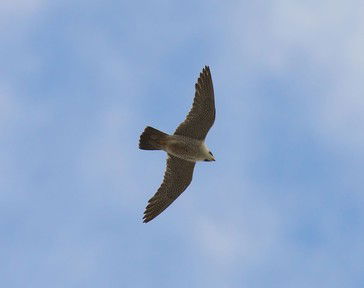Quiz Answer Key and Fun Facts
1. Fastest member of the animal kingdom
2. Fastest reptile
3. Second-fastest animal in diving flight
4. Fastest land animal on two legs
5. Fastest fish
6. Fastest animal in horizontal flight
7. Fastest land animal
8. Fastest cartilaginous fish
9. Fastest land animal on long distances
10. Fastest bird in level flight
Source: Author
LadyNym
This quiz was reviewed by FunTrivia editor
rossian before going online.
Any errors found in FunTrivia content are routinely corrected through our feedback system.

